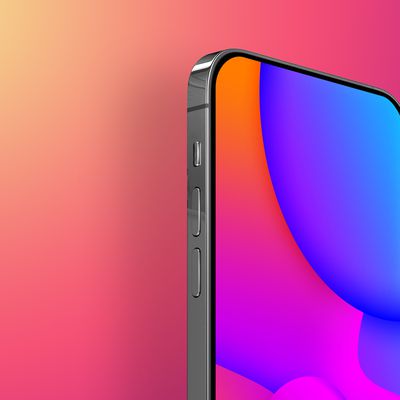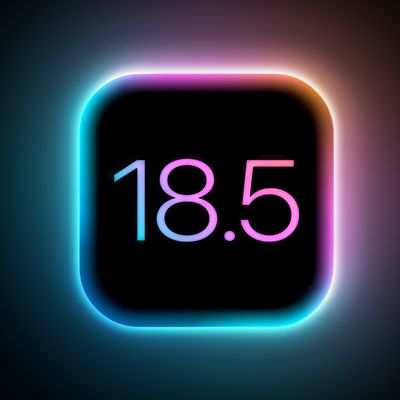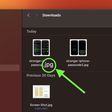M4 MacBook Pro Uses Quantum Dot Display Technology
The M4 MacBook Pro models feature quantum dot display technology, according to display analyst Ross Young. Apple used a quantum dot film instead of a red KSF phosphor film, a change that provides more vibrant, accurate color results.

Young says that Apple has opted for KSF for prior MacBook Pro models because it doesn't use toxic element cadmium (typical for quantum dot) and is more efficient (and thus less expensive). Way back in 2015, when Apple introduced support for P3 wide color on the iMac, Apple executives said that quantum dot technology had been considered for its LED displays, but rejected because of the cadmium requirement.
There are now cadmium-free quantum dot options that Young says have as good or better color gamut and better motion performance than the KSF film Apple previously used. The KSF phosphor coating Apple added to prior MacBook Pro models boosted color by enhancing shades of red, but quantum dot film is considered superior because it often results in better color accuracy and a wider color gamut.
Quantum dot technology has been used for high-end displays for several years, with companies like Samsung and Sony manufacturing "QLED" displays and TV sets.
Apple didn't highlight specific color improvements with the M4 MacBook Pro models, but max SDR brightness increased to 1,000 nits, up from 600 nits in the prior model.
Popular Stories
Despite being more than two years old, Apple's AirPods Pro 2 still dominate the premium wireless‑earbud space, thanks to a potent mix of top‑tier audio, class‑leading noise cancellation, and Apple's habit of delivering major new features through software updates. With AirPods Pro 3 widely expected to arrive in 2025, prospective buyers now face a familiar dilemma: snap up the proven...
Apple's iPhone development roadmap runs several years into the future and the company is continually working with suppliers on several successive iPhone models simultaneously, which is why we often get rumored features months ahead of launch. The iPhone 17 series is no different, and we already have a good idea of what to expect from Apple's 2025 smartphone lineup.
If you skipped the iPhone...
Apple is preparing a "bold" new iPhone Pro model for the iPhone's 20th anniversary in 2027, according to Bloomberg's Mark Gurman. As part of what's being described as a "major shake-up," Apple is said to be developing a design that makes more extensive use of glass – and this could point directly to the display itself.
Here's the case for Apple releasing a truly all-screen iPhone with no...
While the iPhone 17 Pro and iPhone 17 Pro Max are not expected to launch until September, there are already plenty of rumors about the devices.
Subscribe to the MacRumors YouTube channel for more videos.
Below, we recap key changes rumored for the iPhone 17 Pro models as of April 2025:
Aluminum frame: iPhone 17 Pro models are rumored to have an aluminum frame, whereas the iPhone 15 Pro and ...
If you have been experiencing issues with wireless CarPlay in your vehicle lately, it was likely due to a software bug that has now been fixed.
Apple released iOS 18.4.1 today, and the update's release notes say it "addresses a rare issue that prevents wireless CarPlay connection in certain vehicles."
If wireless CarPlay was acting up for you, updating your iPhone to iOS 18.4.1 should...
This week saw rumor updates on the iPhone 17 Pro and next-generation Vision Pro, while a minor iOS 18.4.1 update delivered not just security fixes but also a fix for some CarPlay issues.
We also looked ahead at what else is in Apple's pipeline for the rest of 2025 and even the 20th-anniversary iPhone coming in 2027, so read on below for all the details on these stories and more!
iPhone 17 ...
Apple seeded the third beta of iOS 18.5 to developers today, and so far the software update includes only a few minor changes.
The changes are in the Mail and Settings apps.
In the Mail app, you can now easily turn off contact photos directly within the app, by tapping on the circle with three dots in the top-right corner.
In the Settings app, AppleCare+ coverage information is more...






















